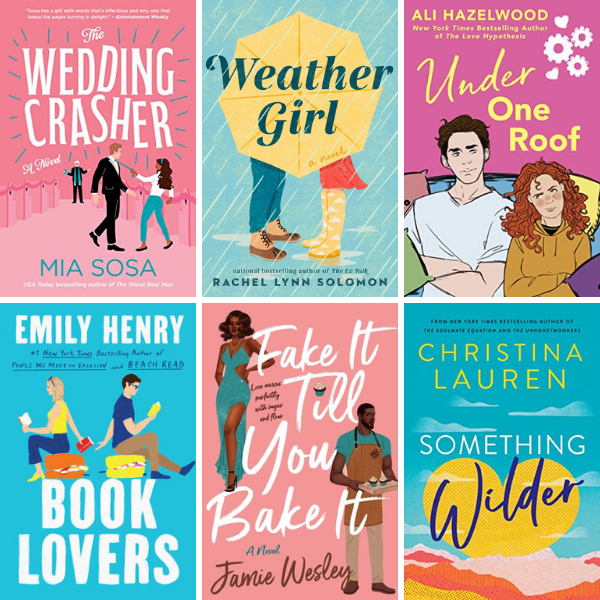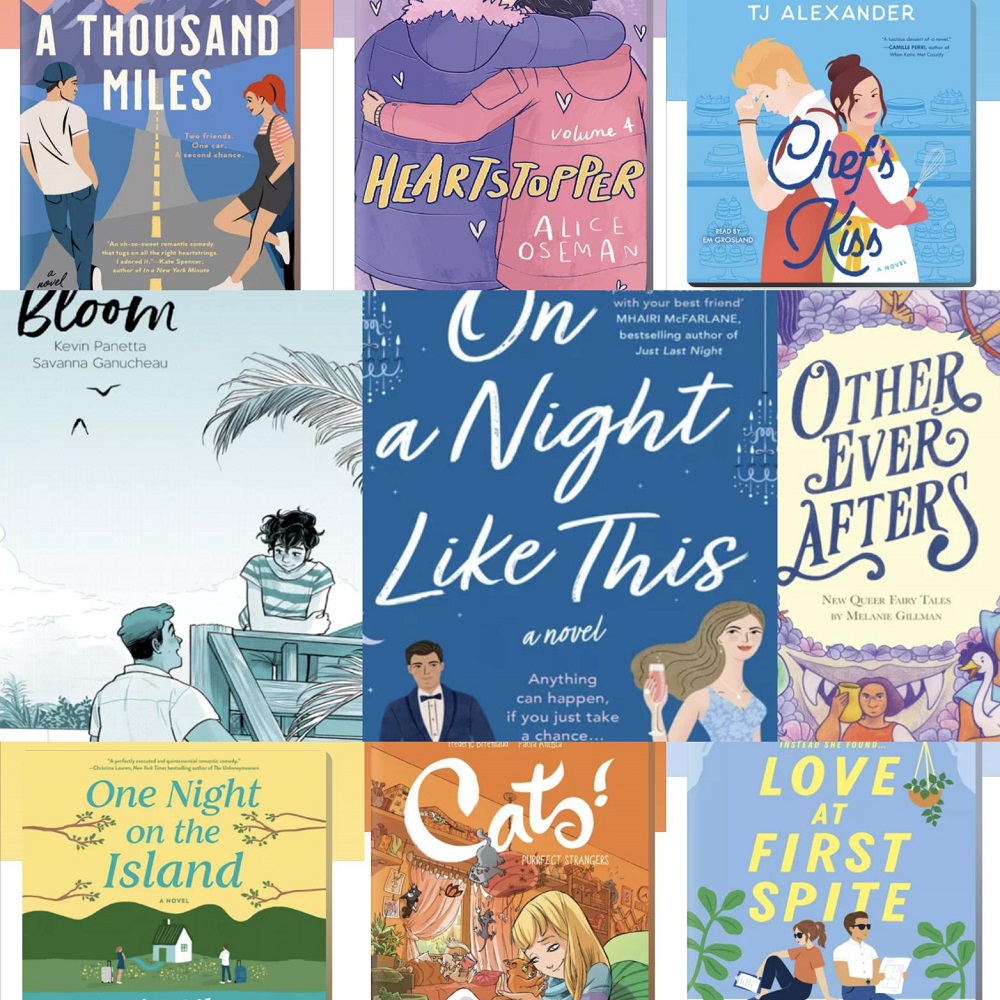Bestselling romance novels often dominate the literary charts, enchanting readers with tales of love, passion, and emotional exploration. What separates these captivating stories from the rest? This article delves into the key elements that make bestselling romance novels so irresistible. We’ll look at beloved authors, compelling plots, and emotional undertones that resonate with readers around the globe.
Strong, Relatable Characters
The Heart of a Good Story
At the core of any bestselling romance novel lies well-developed characters. Readers want to connect with protagonists who feel like real people—flaws, strengths, and all. A relatable hero or heroine can make the story come alive, allowing readers to empathize with their struggles, desires, and growth.
Authors often create characters who face challenges that mirror real-life situations, giving readers something to latch onto. Whether it’s overcoming personal insecurities or navigating complex family dynamics, these relatable traits create an emotional bond between the reader and the character. The more invested a reader is in the characters, the more captivated they will be by the storyline.
Diverse Perspectives
Captivating romance novels often feature characters from diverse backgrounds and experiences. By incorporating different cultural, social, or personal perspectives, authors can broaden the appeal of their stories. This variety enriches the narrative and fosters a deeper connection with a wider audience.
Bestselling authors like Angie Thomas and Colleen Hoover have gained popularity by presenting unique viewpoints. These diverse narratives not only entertain but also challenge readers to reconsider their own perspectives on love and relationships.

Compelling Plots and Twists
Intriguing Story Arcs
Bestselling romance novels typically feature intricate plots that go beyond the basic premise of boy meets girl. Engaging storylines include elements of tension, conflict, and resolution, making for a thrilling reading experience. The best romance novels often weave secondary plotlines alongside the main romance, enriching the overall narrative.
For example, novels like “The Kiss Quotient” by Helen Hoang introduce unique scenarios that bring depth to the romantic storyline. The characters’ personal challenges and life choices add layers, ensuring that readers remain engaged until the last page.
Unpredictable Twists
Adding unexpected twists keeps readers on their toes. A well-placed twist can shift the direction of the story and elevate the stakes for the characters. These surprises—whether a betrayal, a change of heart, or an unforeseen obstacle—can heighten emotional tension and compel readers to continue flipping the pages.
Books such as “It Ends with Us” by Colleen Hoover exemplify this technique, incorporating serious themes that challenge conventional romantic ideals. Twists like these not only surprise but also encourage readers to think critically about the nature of love and relationships.

Emotional Depth and Real-Life Issues
Exploring Complex Themes
Bestselling romance novels often delve into complex emotional themes and real-life issues. Whether it’s dealing with grief, mental health, or societal pressures, addressing these topics adds a layer of authenticity. Readers appreciate stories that reflect real challenges, as they often find comfort knowing they aren’t alone in their struggles.
Books like “The Light We Lost” by Jill Santopolo tackle themes of loss, choice, and the ramifications of decisions we make in relationships. Such narratives resonate deeply, giving readers a cathartic experience as they connect their own emotions to the characters’ journeys.
Relatable Conflicts
Relatable conflicts play a crucial role in drawing readers into the story. Whether it’s an external challenge, like family disapproval or personal insecurities, or internal strife, these conflicts often mirror the struggles readers face in their own lives. When characters encounter similar dilemmas, it creates an emotional investment that keeps readers absorbed.
Readers revel in the emotional arc of characters tangled in love, longing, and miscommunication. These relatable conflicts serve not just to create tension but to highlight the vulnerability inherent in all relationships, making the emotional payoffs that much more gratifying.

Sweeping Romantic Arcs
Building Tension
A hallmark of captivating romance novels is the gradual development of romantic tension. The journey from attraction to love takes time and often involves numerous obstacles. This pacing allows readers to become emotionally invested in the budding relationship.
Authors skillfully build tension through longing glances, unspoken feelings, and near-misses that keep readers on the edge of their seats. For example, in “Pride and Prejudice” by Jane Austen, Elizabeth and Mr. Darcy experience multiple misunderstandings before their love truly blossoms. This strategy intrigues readers, making the eventual union even more satisfying.
Satisfying Resolutions
Once the tension reaches its peak, a satisfying resolution is essential. Readers crave a culmination that feels earned and true to the characters’ development throughout the story. Whether it’s a grand romantic gesture or a quiet moment of connection, the resolution should reflect the journey the characters have taken.
Bestselling novels like “Beach Read” by Emily Henry excel in delivering resolutions that resonate. The characters not only find love but also develop individually, marking growth and clarity in their relationship. Such resolutions remind readers of the transformative power of love and connection.
Chemistry and Connection
Building Authentic Chemistry
Captivating romance novels feature authentic chemistry between the main characters. Authentic relationships often stem from shared interests, witty dialogue, and moments of vulnerability. Readers feel the spark and chemistry as the characters interact, making their relationship more believable and engaging.
Dialogue plays a key role in establishing this chemistry. Clever banter, deep conversations, and raw honesty create a magnetic dynamic that draws readers in. Novels like “The Hating Game” by Sally Thorne masterfully showcase chemistry through playful yet intense exchanges that keep readers rooting for the characters.
Emotional Connections
Emotional connections are just as vital as physical attraction. The best romance stories capture the bond that develops over time, highlighting shared experiences and emotional support. Building this connection cultivates a sense of intimacy that enhances reader engagement.
Books such as “Red, White & Royal Blue” by Casey McQuiston delve into emotional connections through friendship and eventual romance. The gradual unveiling of the characters’ vulnerabilities helps readers appreciate their relationship’s depth, contributing to an immersive reading experience.

Relatable Setting and Atmosphere
Immersive World-Building
The settings in bestselling romance novels often play a significant role in creating an immersive reading experience. Authors expertly craft environments that enhance the emotional tone of the story. Whether it’s a small town buzzing with community spirit or a vibrant city filled with opportunity, the setting can affect the characters’ interactions and decisions.
For instance, in “The Unhoneymooners” by Christina Lauren, the tropical allure of Maui becomes integral to the characters’ evolving relationship. Descriptive settings transport readers into the story, making them feel part of the journey and enhancing their emotional investment.
Mood and Atmosphere
The atmosphere created by the setting can evoke a wide range of emotions, from nostalgia to excitement. Elements like weather, time of year, and local culture can powerfully influence the mood. Cozy winter settings might lend themselves to themes of warmth and family, while a sultry summer backdrop may emphasize passion and freedom.
For example, novels set during significant events—like holidays or festivals—often add to the emotional stakes. The characters’ experiences against these backdrops deepen readers’ connections to the story, inviting them to reflect on their own lives and memories.
The Impact of Popularity and Recommendations
Word-of-Mouth and Viral Trends
Bestselling romance novels often gain traction through word-of-mouth recommendations and viral trends on social media. Platforms like TikTok and Instagram can propel books into the spotlight, making them instant sensations. Book influencers and avid readers sharing their love for a particular title can lead to surges in popularity.
Seeing others’ emotional reactions or experiences with a book can entice new readers to delve into the story. This collective experience fosters a sense of community around the novel, making it easier for readers to connect with each other over shared feelings about the characters and plot.
Emotional Resonance and Lasting Impact
While popularity often boosts sales, it’s the emotional resonance that keeps readers returning for more. Bestselling romance novels that touch the heart often become cherished favorites that readers revisit time and again. The lasting impact of these stories is significant; they shape readers’ views on love, relationships, and self-discovery.
An enduring story fosters lifelong connections, inspiring readers to explore their own romances while reflecting on the lessons learned. These emotional journeys create a lasting bond with the characters and the authors, contributing to the novel’s place in literary history.
The Allure of Bestselling Romance Novels
Bestselling romance novels hold a special place in readers’ hearts, captivating them with relatable characters, compelling plots, and rich emotional depths. By exploring universal themes of love, loss, and personal growth, these stories offer more than just entertainment—they provide comfort and wisdom.
Ultimately, the mesmerizing qualities of these novels create a powerful resonance, allowing readers to escape into worlds of love and connection. As readers turn the pages, they find themselves reflecting on their own experiences and understanding the complexities of relationships, reaffirming why romance novels continue to capture imaginations and dominate bestseller lists worldwide.